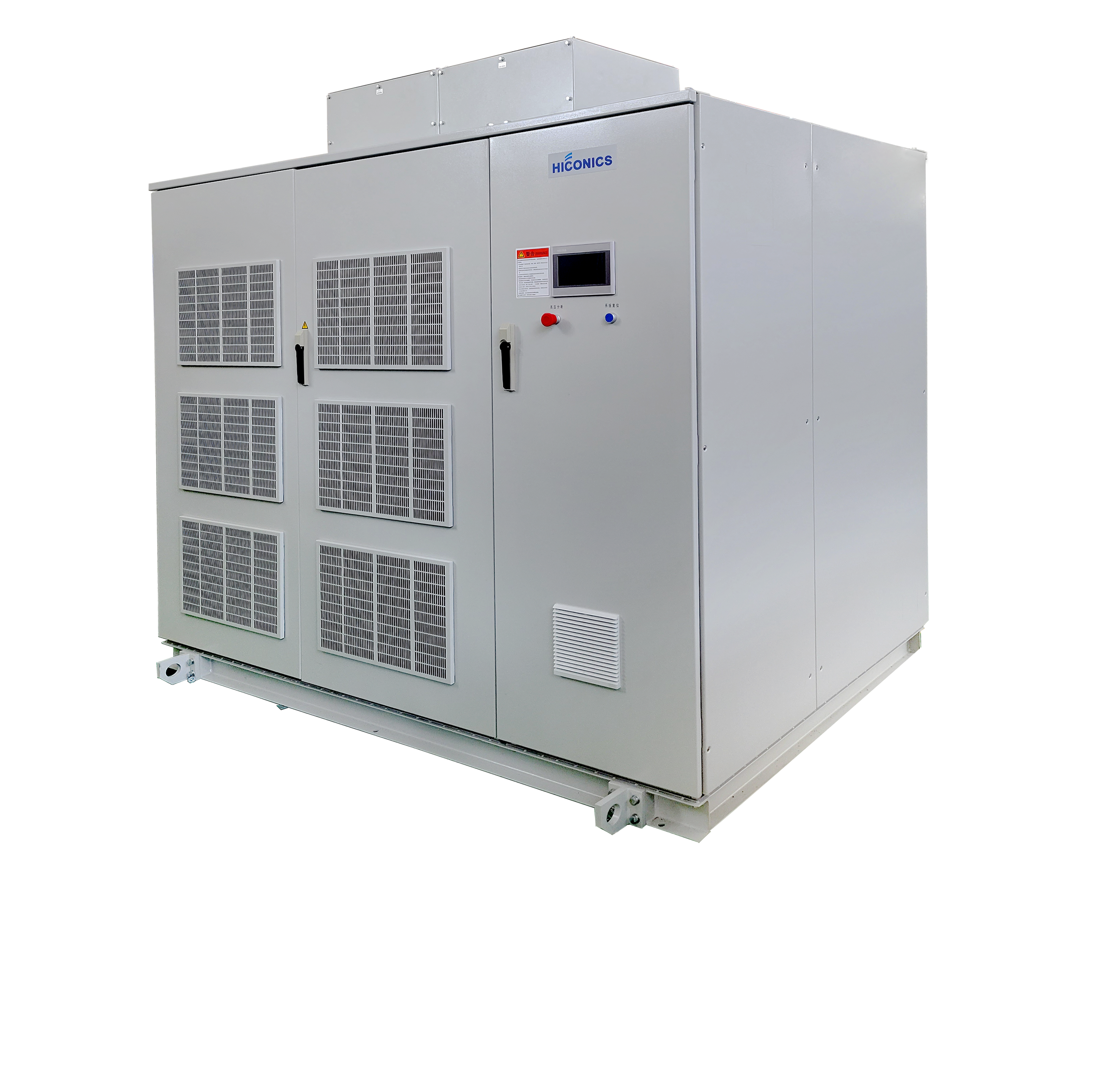Variable frequency drive (VFD) is a highly intelligent motor control device that achieves precise motor control by adjusting the power frequency and voltage. It is widely used in industrial applications because it not only enhances system efficiency but also significantly saves energy. This article will explore how do VFD drives work and their notable features to help you better understand the advantages and application range of this equipment.
How do VFD Drives Work lies in its ability to change the motor speed by adjusting the power frequency. Specifically, VFD receives AC power from the grid, converts it to DC power through a rectifier, and then uses an inverter to convert the DC power into variable frequency AC power. This process allows the inverter in the VFD drive to precisely control the frequency and voltage of the output current, thereby adjusting the motor's speed and torque.
The control algorithms of the VFD drive usually include speed control, torque control, and position control.
Speed control is the most common, achieving the target speed gradually by continuously adjusting the inverter's output frequency.
Torque control focuses on the motor's output torque, achieving precise control by adjusting voltage and current.
Position control is used in scenarios requiring precise positioning, such as robotic arms on automated production lines.
Through these control algorithms, VFD can provide accurate motor control based on different operating conditions, meeting various complex operational needs.
First, high efficiency and energy savings are significant advantages of VFD. It minimizes energy consumption by optimizing motor speed and power adjustments. Compared to traditional motor drives, VFD can automatically adjust under different loads, achieving a higher energy efficiency ratio.
Secondly, precise control is another significant feature of VFD. It can precisely adjust motor speed and torque, providing reliable control under various complex operating conditions. VFD is also equipped with various protection mechanisms such as over-voltage protection and under-voltage protection to ensure stable motor operation in different working environments.
The wide applicability of VFD Drives is also one of their notable features. VFD is suitable for asynchronous motors, synchronous motors, and other special motors, and can be used with various control systems and sensors to achieve a higher level of automated control. Additionally, the VFD's modular design makes maintenance easier, allowing users to diagnose and repair faults easily.
Finally, the environmental friendliness of VFD cannot be overlooked. It produces lower noise and vibration during operation, reducing environmental impact. VFD can also achieve soft start and soft stop of motors, reducing impact on the power grid and mechanical wear, further enhancing system environmental performance.
Variable frequency drive (VFD), as an advanced motor control device, plays a crucial role in modern industry. By understanding how do VFD drives work, you can better utilize this technology to optimize your system, improve efficiency, and achieve energy-saving goals. With continuous technological advancements and expanding application ranges, VFD will continue to play an important role in the industrial field, providing more efficient and environmentally friendly solutions for various applications.

